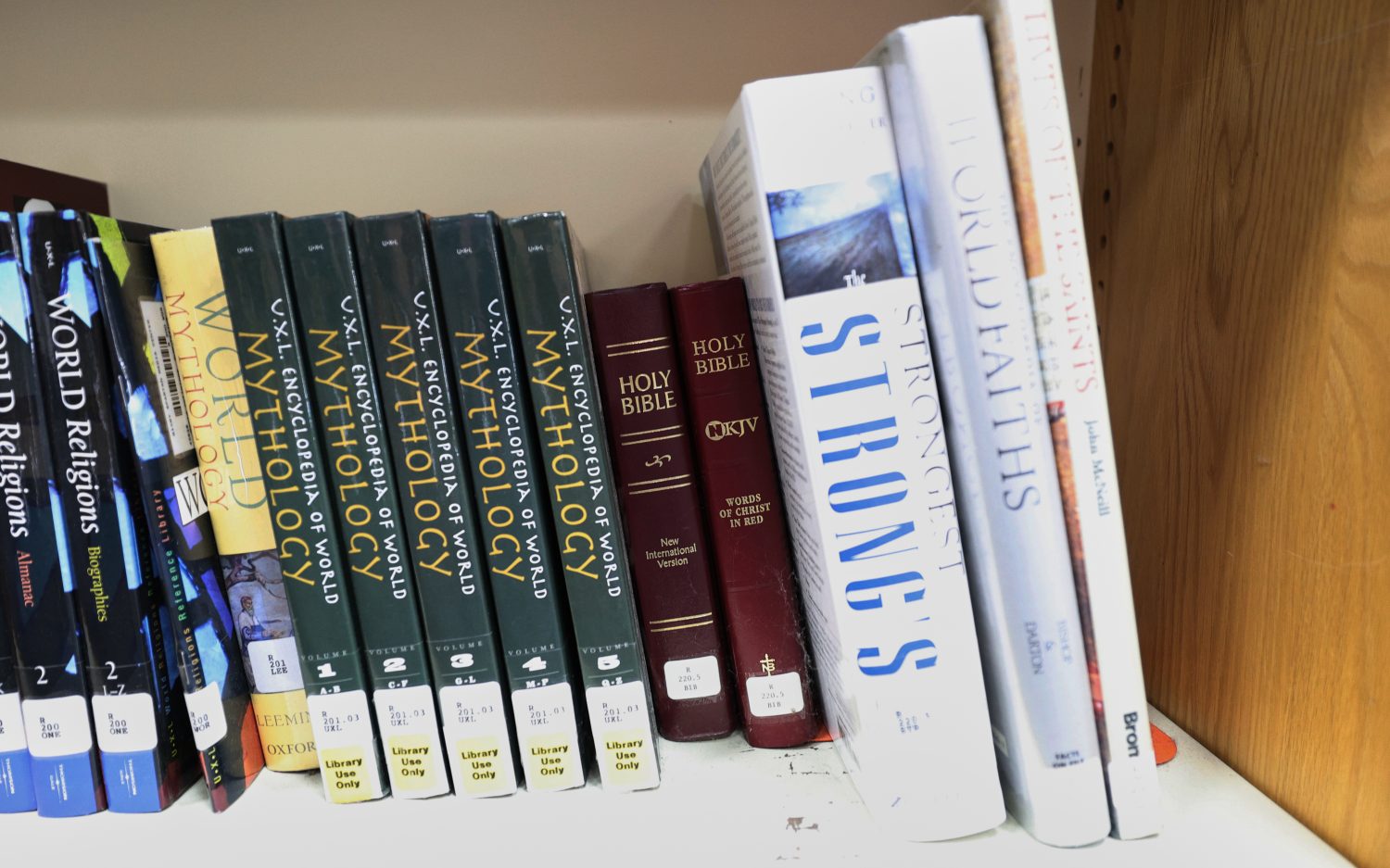The debate over whether to clone a woolly mammoth, Jurassic Park style
Scientists in Siberia uncovered a woolly mammoth so well-preserved it might be possible to extract DNA and create a living clone. Researchers are debating whether having the ability also implies the right to do so.
The researchers found Buttercup, as they affectionately named the mammoth, embedded in ice on a remote Siberian island in May 2013. The lower portion, three legs and the trunk were preserved with intact muscles, bone, and an oozing red fluid that contained hemoglobin. “It looked like the meat of a freshly killed animal,” Semyon Grigoriev, head of the Mammoth Museum in Yakutsk, Russia, told The Siberian Times.
The autopsy indicates Buttercup died an unnatural, agonizing death. Radik Khayrullin, vice president of the Russian Association of Medical Anthropologists, estimated the animal suffered for 16-18 hours before dying. The researchers believe it fell into an ice hole, became trapped, and was partially eaten alive by predators. Buttercup was a little more than 8 feet tall, not much larger than an Asian elephant, and was in its 50s at death. The growth rings on the mammoth’s tusks, which grow at a slower rate during pregnancy, suggest that it gave birth at least eight times.
Buttercup’s DNA and cells were distributed to multiple institutes for scientific study. Korean researchers at Sooam, a South Korean biotech company, hope to find a cell with a complete nucleus containing an intact genome, which would make cloning possible. Sooam is run by Hwang Woo-suk, the scientist who cloned the famous dog Snuppy and who was disgraced internationally for faking research about cloned human embryos. Advocates of cloning say it would provide great opportunities to study the extinct beasts and may eventually lead to applications in other areas.
Tori Herridge, paleobiologist and mammoth specialist at London’s Natural History Museum, described seeing Buttercup face-to-face for the first time as one of the most incredible experiences of her life. “It’s up there with my wedding day,” she told The Telegraph. Yet, Herridge cautioned that the justifications for cloning the mammoth do not outweigh the reasons not to do it.
Cloning would require an Asian elephant surrogate mother that would be experimented on and forced to go through a 22-month, high-risk pregnancy that could harm her, just to give birth to something that might not even live, Herridge said.
A clone would not be like the mammoths that once lived because its surrogate mother would be an Asian elephant and it would live in an environment very different from the one in which woolly mammoths once roamed. Mammoths were social creatures, but a clone would be forced to live alone in captivity, either used for experimentation or paraded around for public display.
Khayrullin urged researchers to be cautious and not to play God. “We must have a reason to do this, as it is one thing to clone it for scientific purpose, and another to clone for the sake of curiosity,” he said.
Others fear cloning Buttercup could set a precedent for Jurassic Park-style reviving of other extinct species. They question where such tampering with the balance of nature could lead.
Even if cloning proves possible, the birth of the next woolly mammoth is still a long way off. Either cloning or genetic engineering would be a long process. “We’re trying hard to make this possible within our generation,” Insung Hwang, a geneticist at Sooam, told The Independent.
An actual newsletter worth subscribing to instead of just a collection of links. —Adam
Sign up to receive The Sift email newsletter each weekday morning for the latest headlines from WORLD’s breaking news team.





Please wait while we load the latest comments...
Comments
Please register, subscribe, or log in to comment on this article.